How to avoid soggy pickles
My mother does not have a green thumb. Even she would admit it. I still remember vividly the first plant that I ever received as a gift when I was still a child and how she mercilessly overwatered it and then underwatered it and how with each passing day it wilted and shrunk until there was nothing left to do but to throw it out.
Over the years, I have watched her murder many plants. She doesn’t do it on purpose as I know she loves them…she simply doesn’t have the touch. This is not a criticism of my mother as she is one of the most talented women I know. She makes amazingly beautiful quilts, crochets tablecloths and bed spreads with some of the most complex patterns and she can cook a meal that will make your mouth water just in the memory of how good it tasted. But gardening is not one of her skills.
So it will be no surprise when I tell you that I grew up having no personal experience or understanding of how, let’s say tomatoes or cucumbers grew. My aunt and my nona had an amazing garden. And I would spend my summers walking up and down the rows gorging on the fresh sweet peas and raspberries but not really contemplating how these plants produced their bounty.
Now with a garden of my own, which at times can be more weeds than vegetables due to my rather hectic life running two businesses, I have had what I consider the honour to learn more about where our food comes from and just how hard the people who grow it work to bring it to our tables.
When I first read the phrase ‘cut off the blossom end’ in a recipe for Dilly Pickles I had no context for what that could possibly mean. Now, if I were to read that phrase again for the first time having had the experience of growing cucumbers in my garden it would immediately make sense.
But for those of you who grew up in a city, with a plant murdering mother or just no where near where food grows, this is for you ;).
It all starts with the seed, which I get from my friend Laura at Cubits. I love supporting other local small businesses and on top of that, have always had a great success rate with her seeds. Once the plant begins to grow, it produces these lovely yellow flowers.
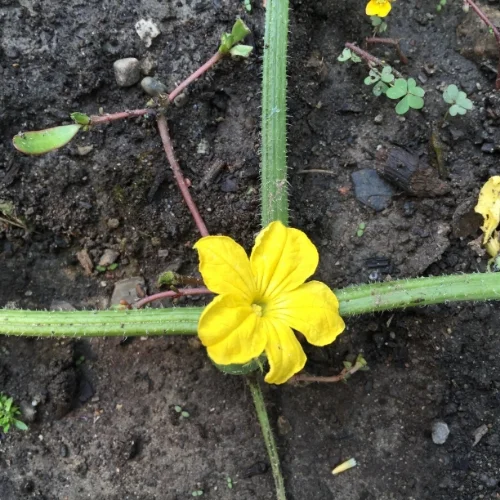
Cucumber flower
You will notice at the base of the flower a itty bitty cucumber will begin to grow pushing the flower further from the stem. These cucumbers are spiny and seem to have little thorns all over them.
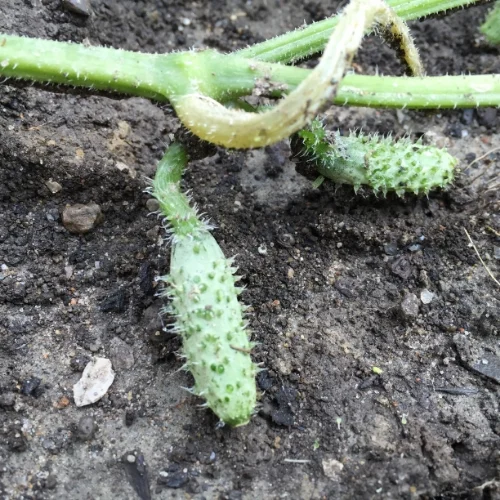
Baby Cucumber begins to grow
With time, the flower drops off the end and the cucumber continues to grow. As it grows it becomes less thorny.
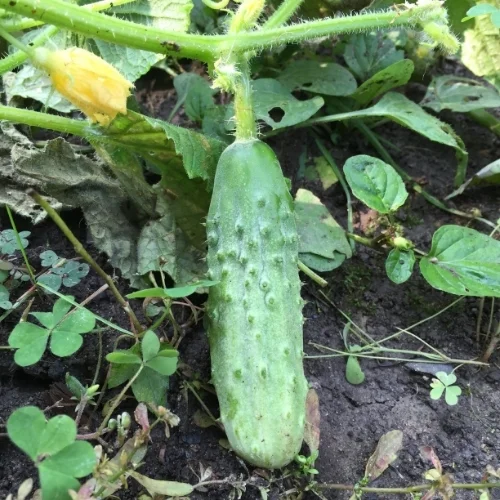
Now here is where we get to the part about how to avoid those soggy pickles that no one loves to eat. I hope that by showing you how a cucumber grows that it is more obvious which end is the blossom end. It is the end furthest from the stem that started out as that lovely yellow flower. But what does it look like?
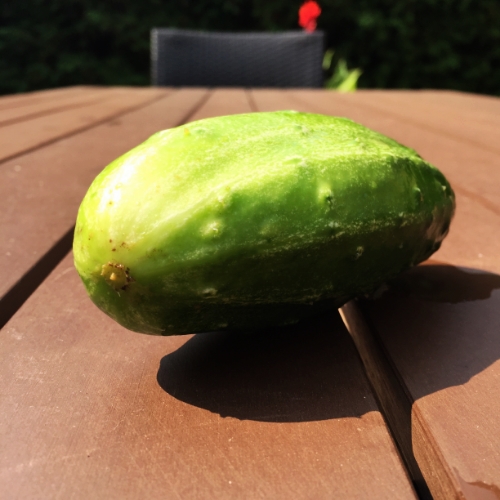
Blossom end
The blossom end of the cucumber has a smaller circle in general than the stem end and can be slightly rough at the end.
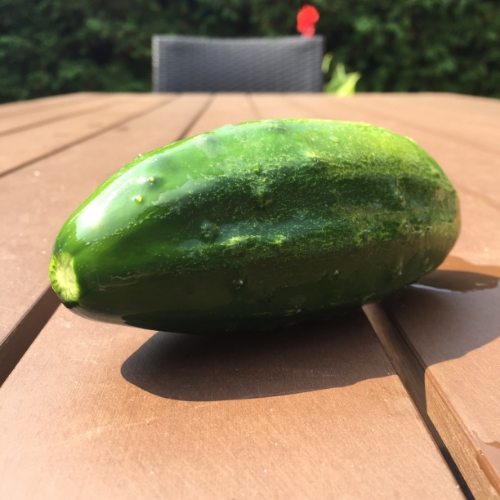
stem end
You can generally envision where the stem once attached to the cucumber when you look at it. There is the slight indent from where it was once attached to the plant.
So why do we need to cut off the blossom end if we want our pickles to stay nice and crunchy. Strangely enough, there are enzymes contained in the blossom end that can cause softening of the vegetable once pickled. General rule of thumb is to cut off 1/16" from the blossom end.
Some people also like to use distilled water to help their cucumbers stay nice and crunchy. And don't forget the fresher your cuc is the crisper it will be once pickled.
